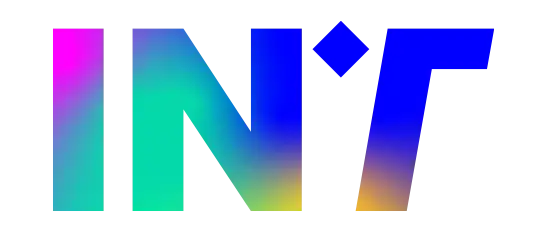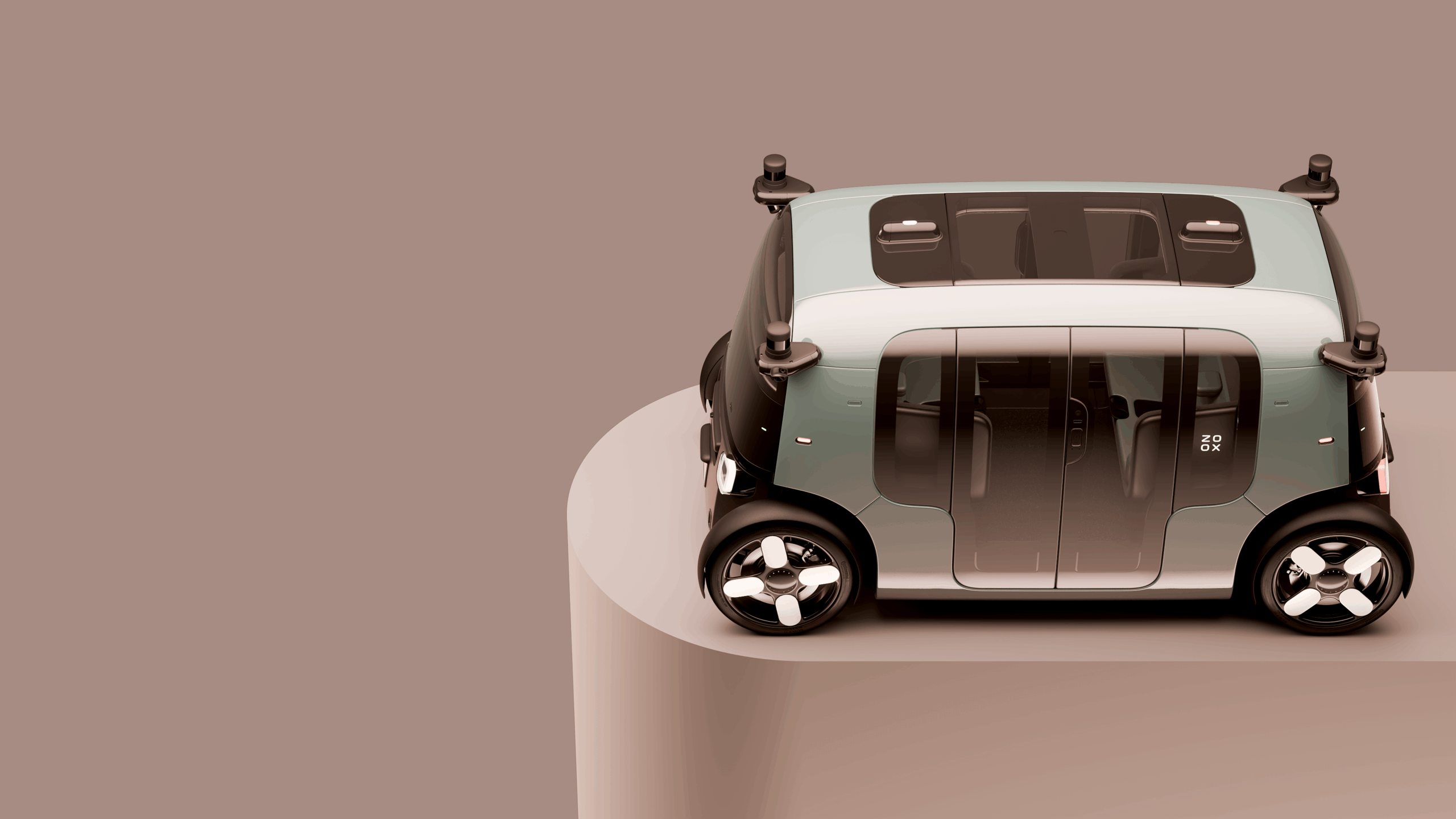Foster City, CA Zoox, the Amazon-owned autonomous driving company, has reached a pivotal milestone on its path to commercialization. In August 2025, the National Highway Traffic Safety Administration (NHTSA), the federal agency for road safety, granted the company a landmark exemption allowing it to test its robotaxis, which have no steering wheel or pedals, on all U.S. public roads. This regulatory achievement not only resolves a prior safety investigation but also paves the way for the imminent public launch of its service, positioning Zoox as a serious contender in an increasingly fierce market.
Founded in 2014 by Australian Tim Kentley-Klay and Jesse Levinson, the California-based company immediately stood out for its ambition to create an entirely new vehicle, designed from the ground up for autonomous, shared mobility. After raising nearly a billion dollars from prominent investors, Zoox was acquired by Amazon in 2020 for approximately $1.2 billion—a strategic move that provided the project with the financial stability needed for long-term development.
The regulatory breakthrough and the upcoming launch
The recent green light from the NHTSA is crucial. The agency has closed its investigation into Zoox’s previous safety self certification, effectively approving the vehicle’s innovative design through a formal exemption. This permit is not just a simple testing authorization but a validation of Zoox’s approach to the safety of vehicles without traditional controls.
Led by CEO Aicha Evans, an Intel veteran, the company is already conducting advanced tests with its own employees in the complex urban environments of San Francisco and Las Vegas. With this regulatory hurdle cleared, all attention is now on the commercial launch, expected in Las Vegas by the end of 2025. “It will take a bit longer than some would like,” Evans had stated in the past regarding timelines, “but that will always be the case with disruptive technologies.” That moment now seems to have finally arrived.
A revolutionized market: The competition with Waymo and Tesla
As Zoox prepares for its public debut, the autonomous driving landscape has profoundly changed. Waymo, Alphabet’s (Google’s) division, has established itself as the undisputed leader, with robotaxi services open to the public and operating 24/7 in numerous U.S. metropolitan areas, from Phoenix to San Francisco and Los Angeles.
On the other hand, Cruise, the General Motors subsidiary, has suffered a drastic setback. Following a serious incident in late 2023, the company saw its funding cut and abandoned plans for an independent ride-hailing service, now focusing on integrating its technology into GM’s own vehicles.
Meanwhile, a new and aggressive competitor has entered the field: Tesla. After launching its Robotaxi service in Austin in mid 2025, Elon Musk’s company is pursuing a rapid expansion with the stated goal of covering a large portion of the U.S. population by the end of the year.
In this dynamic scenario, Zoox’s meticulous approach based on a custom-built vehicle and backed by the logistical and financial power of Amazon is set to challenge its rivals’ business models, marking the beginning of a new, intense phase in the race for the future of mobility.






